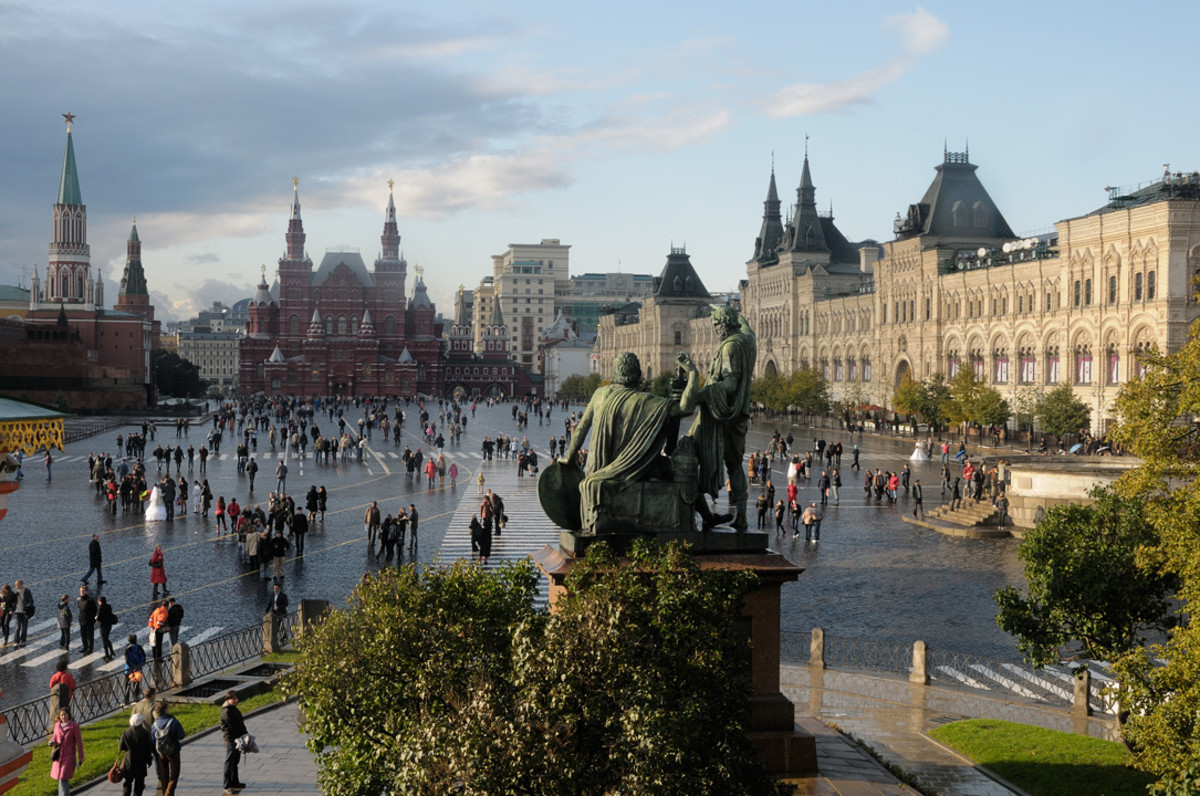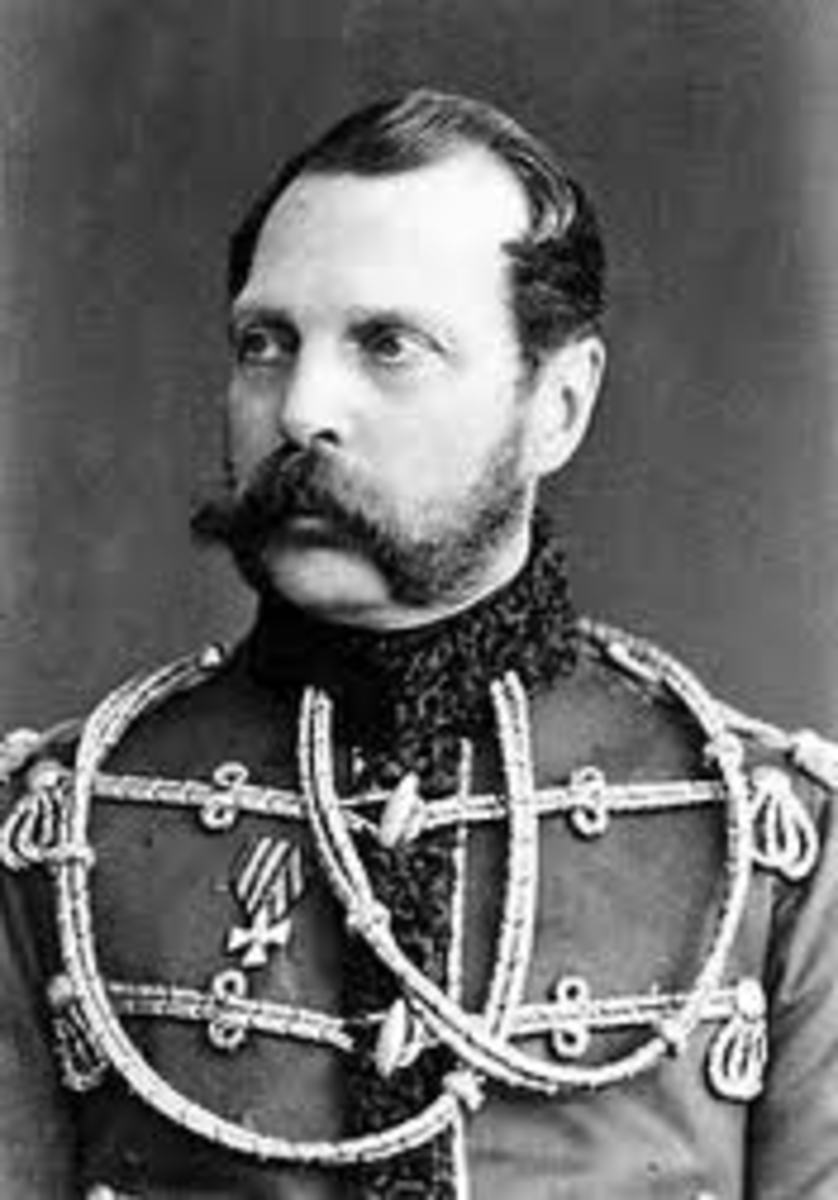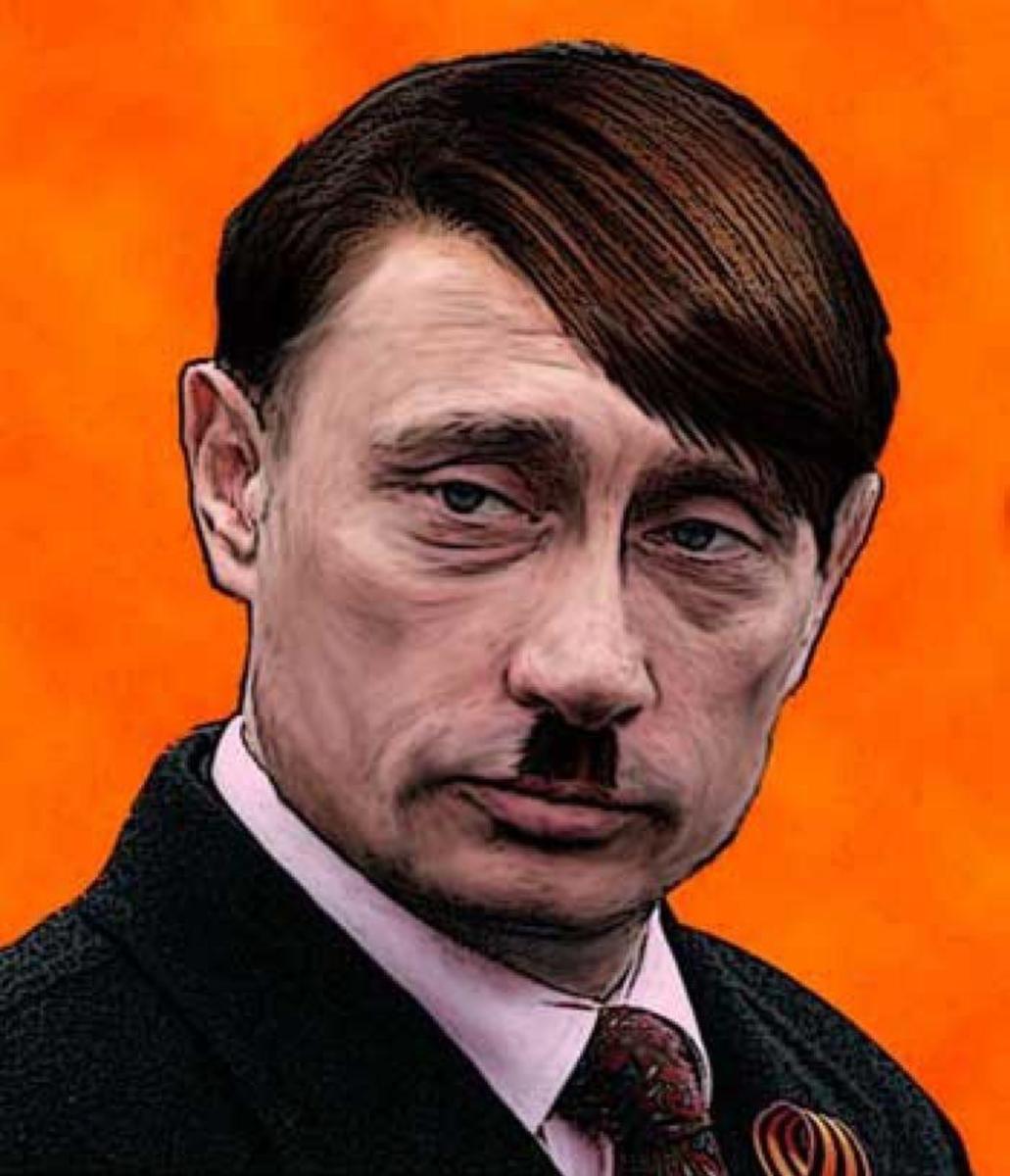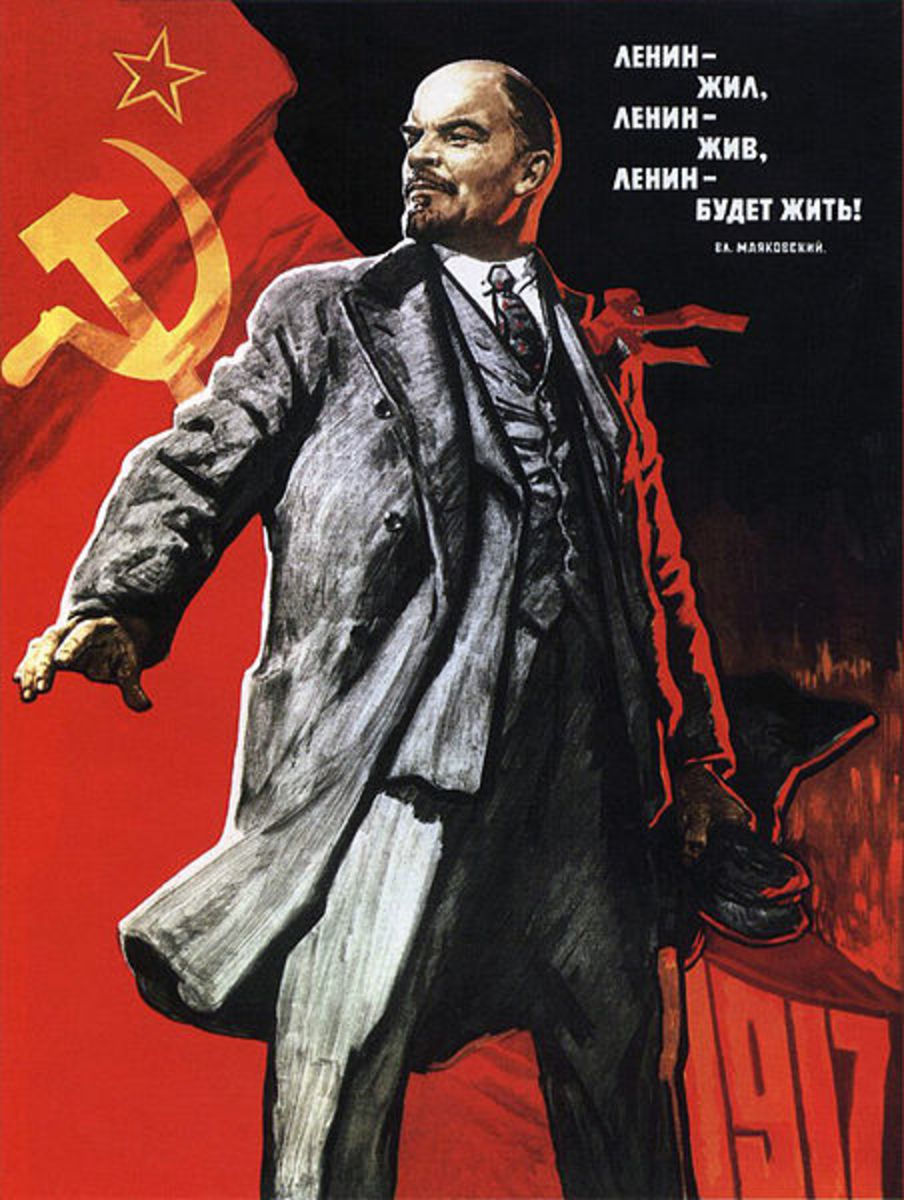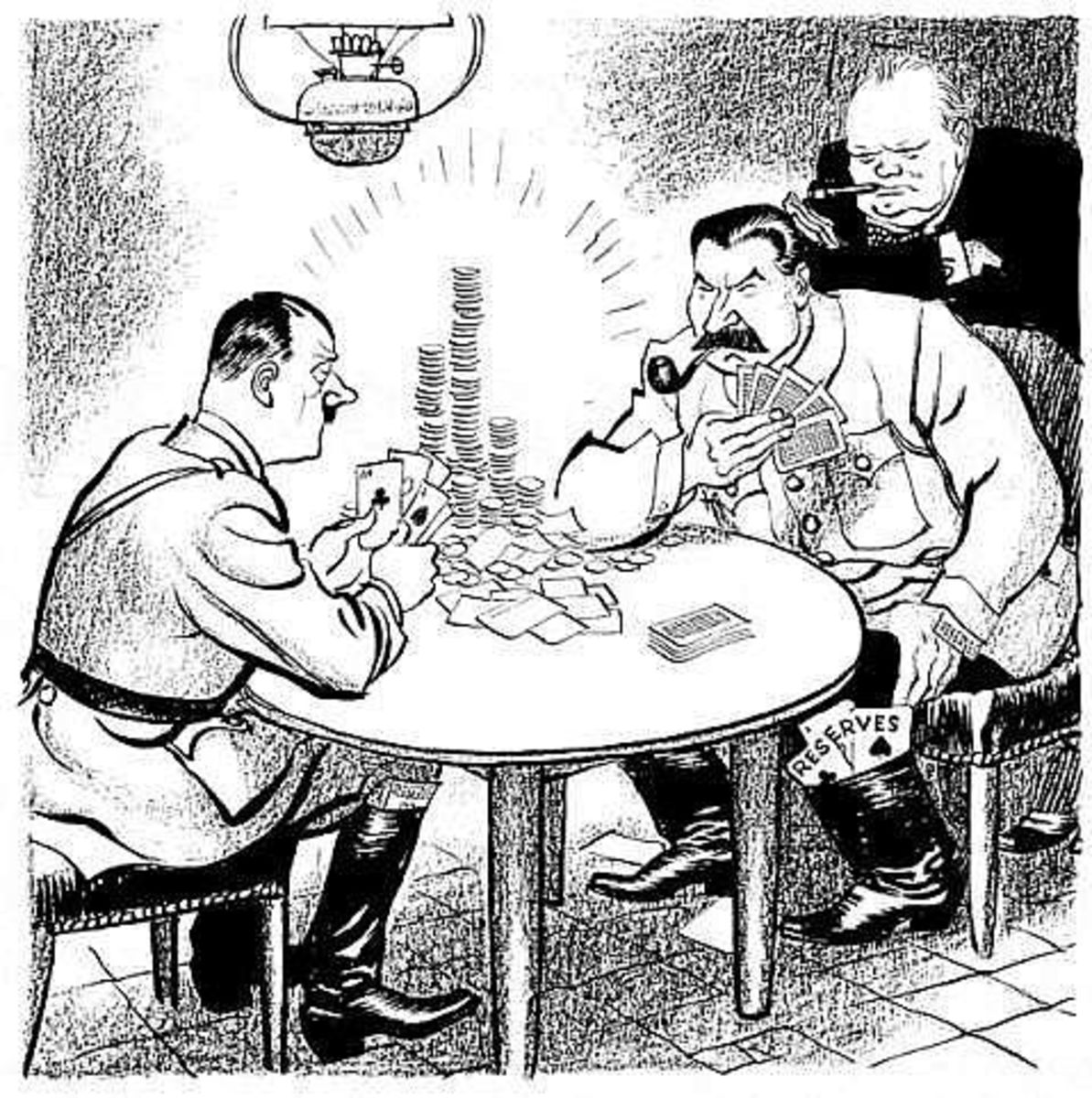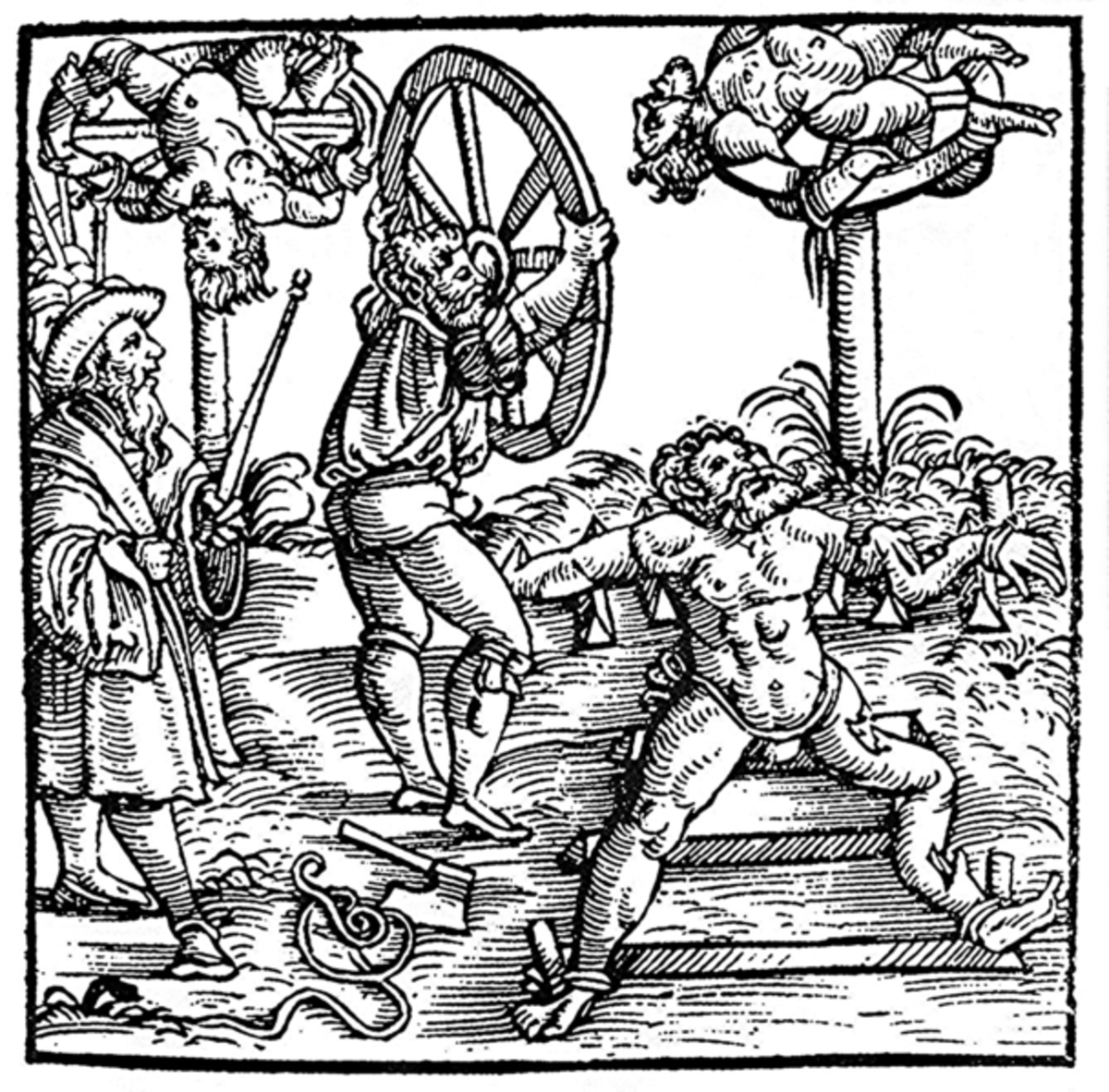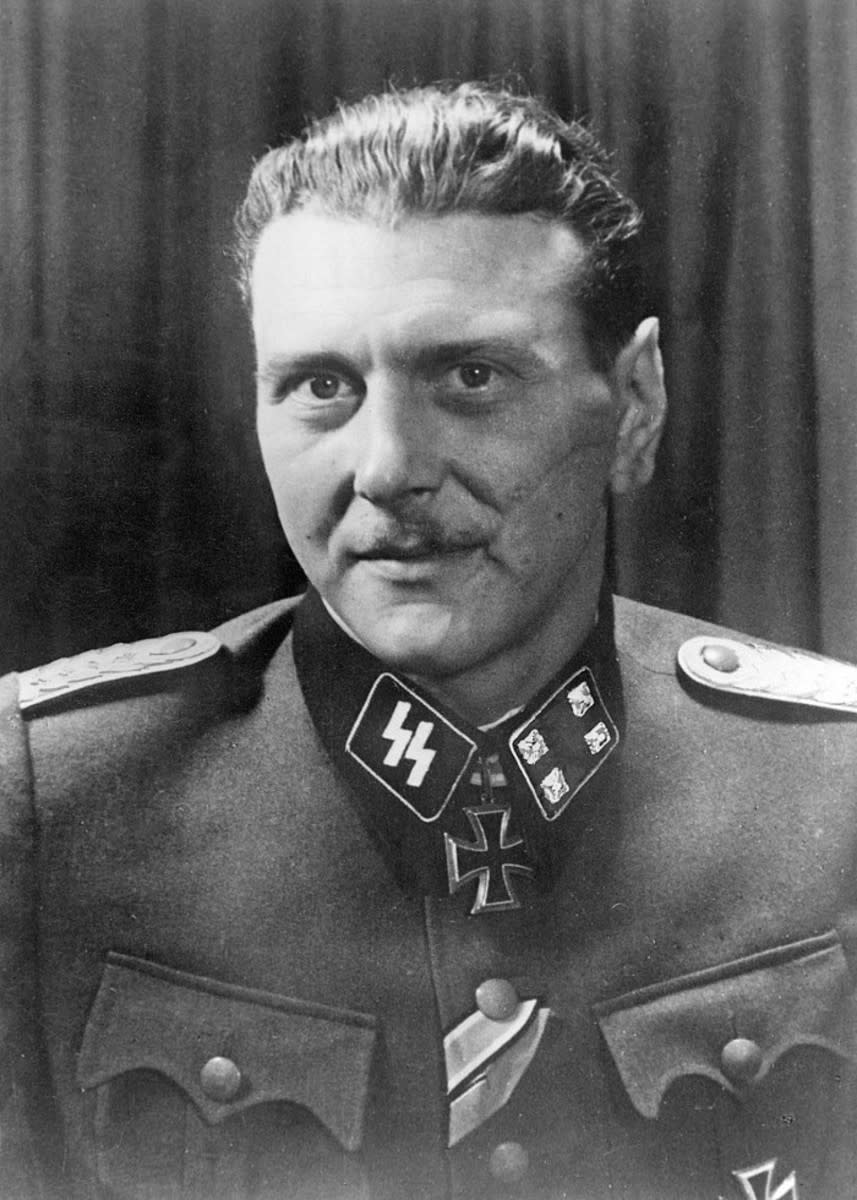The part played by the failure of Tsardom in causing the February Revolution in Russia in 1917
The Last Russian Tsar
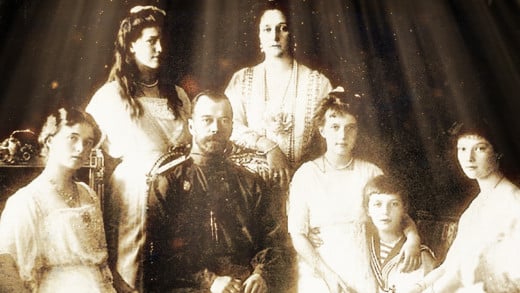
Introduction
The February Revolution in Russia in 1917 was set off by a number of events and causes, most of which were direct consequences of the Tsarist rule in Russia at the time. The revolution was spontaneous and a collaboration of strikes, military mutinies and also the abandonment of the Tsar, Nicholas II, by the elite. However it was not only the actual revolution, which led to the total annihilation of Russian Tsardom. Tsarism encompassed absolutist and autocratic government, which exalted one person to the statue of a god – the Tsar. The Tsar’s use of this unlimited power led to devastating consequences, which in turn led to the February Revolution in 1917.
The Revolution
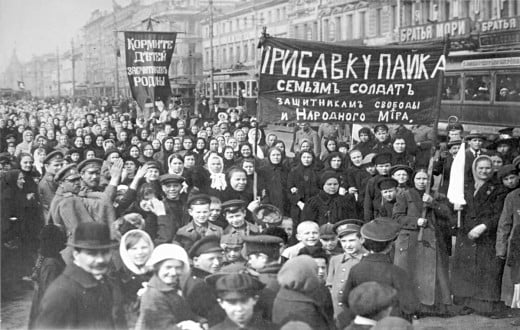
Cause of The Feb. Revolution
The February Revolution in Russia was ignited by many causes. In addition, most of these causes were even present before the uprisings in 1905. As these issues worsened the Russian people and army revolted against their Tsar. During the 12 year between the two revolts tremendous urban and rural discontent was present. This discontent had been building up since the violent suppression of peaceful protests in 1905, the low productivity of the agricultural sector, the lack of political progress through the Duma and food shortages across entire Russia. Hunger and suffering were omniscient. The Duma, a kind of National Assembly/Parliament, failed in achieving any greatly beneficial economic, social or political changes, except fundamental civil freedoms, such as the freedom of speech and assembly. The Tsar, through his autocratic rule, however often violated these civil freedoms. Another cause for the revolution in 1917 was the Third Section, a type of secret police initiated by the Tsar, which was known for its brutality and injustice. The overall mood of dissatisfaction, cause by these long-term issues, was bolstered shortly before the outbreak of the Revolution. Because of the immense war failure, many mutinies occurred, both on the front line and in cities. The entire population of Russia had lost faith in the Tsar due to this failure during the war. An additional short-term cause was the presence of Rasputin in the royal court of the Tsar. Although Rasputin allegedly cured the Tsar’s son’s hemophilia, his presence was unpopular with the people of Russia, due to allegations that he was having an intimate relationship with the Tsarina. All these cause lead to certain events, which triggered the national revolution. Dozens of strikes in main cities, such as Petrograd and Moscow, and thousands of mutinies along the front line of the war occurred. These thousands of people striking turned into a full-blown revolution forcing the Tsar to abdicate.
Total Oppression
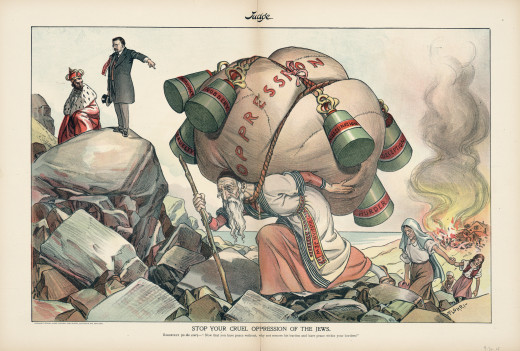
Tsardom's Role
Tsardom played a huge part in causing the February Revolution in 1917 in Russia. Tsarism encompasses autocratic rule, which is predestined to fail. Its main tool was force. The Russian imperial army often brutally suppressed any upheavals, such as in 1905 and the case of “Bloody Sunday”, where the Tsar’s men slaughtered peaceful protesters. The militarism of the government and the presence of the Third Section created huge urban discontent, while food shortages and many unsolved peasant issues generated rural discontent. Tsarism also allowed for the monarch to possess massive personal wealth and estates larger than whole countries. This made the Tsar oblivious of the reigning poverty in rural areas. By 1912 the Tsar only possessed military force, which created even larger dissatisfaction with this rule. By 1917, as the war effort was drastically failing, Tsardom had lost its main instrument – the army. Even the elitist imperial guard, the Cossacks, changed sides. In addition, the Tsar insisted on Rasputin’s presence, although this angered many people. Additionally, the lack of political progress and rising political awareness of the masses constituted important reasons for the Revolution. Nicholas II and the Dumas failed to create a meaningful land reform and to sustain his rule peacefully.
Lenin
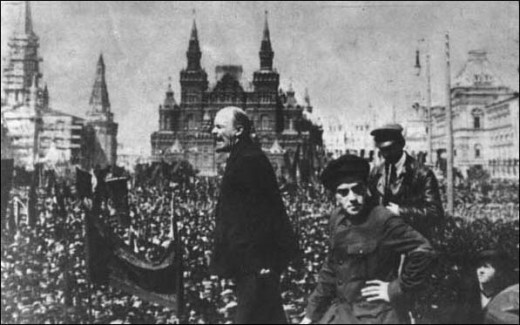
Summary
Tsardom was greatly to blame for the February Revolution in 1917. Nearly all cause or the uprisings and strikes, both long and short-term, descended from the Tsarist rule of Nicholas II. The Tsar failed to implement any changes between the uprisings in 1905 and 1917, while his nation was starving and his army losses territories in the First World War. Furthermore, Nicholas’s insufficient leadership and military rule evoked hatred and the wish for change in Russia’s people. The autocratic and absolutist government of Russia at the time was the main reason for its downfall and the abdication of Tsar Nicholas II in February 1917.

